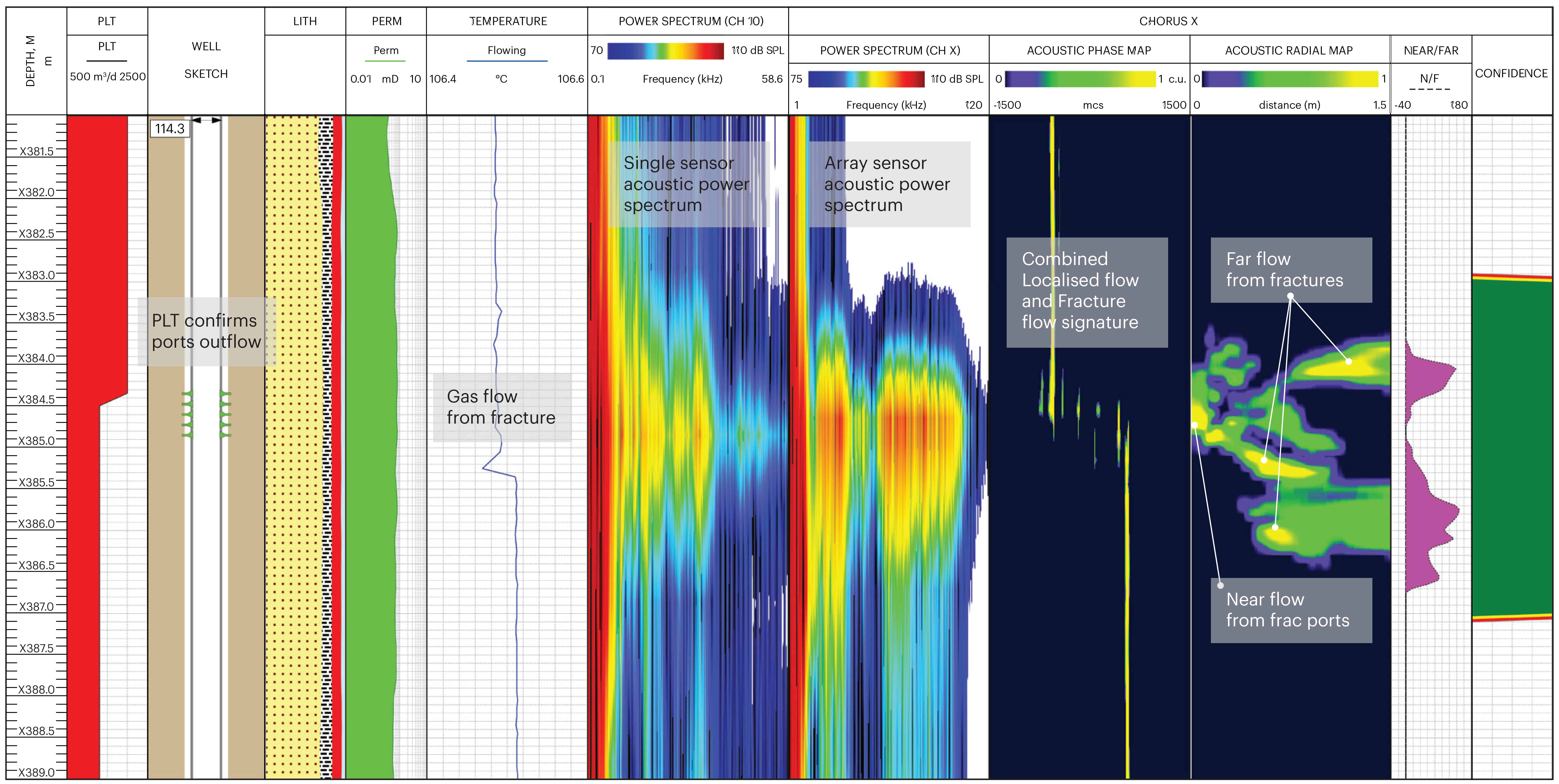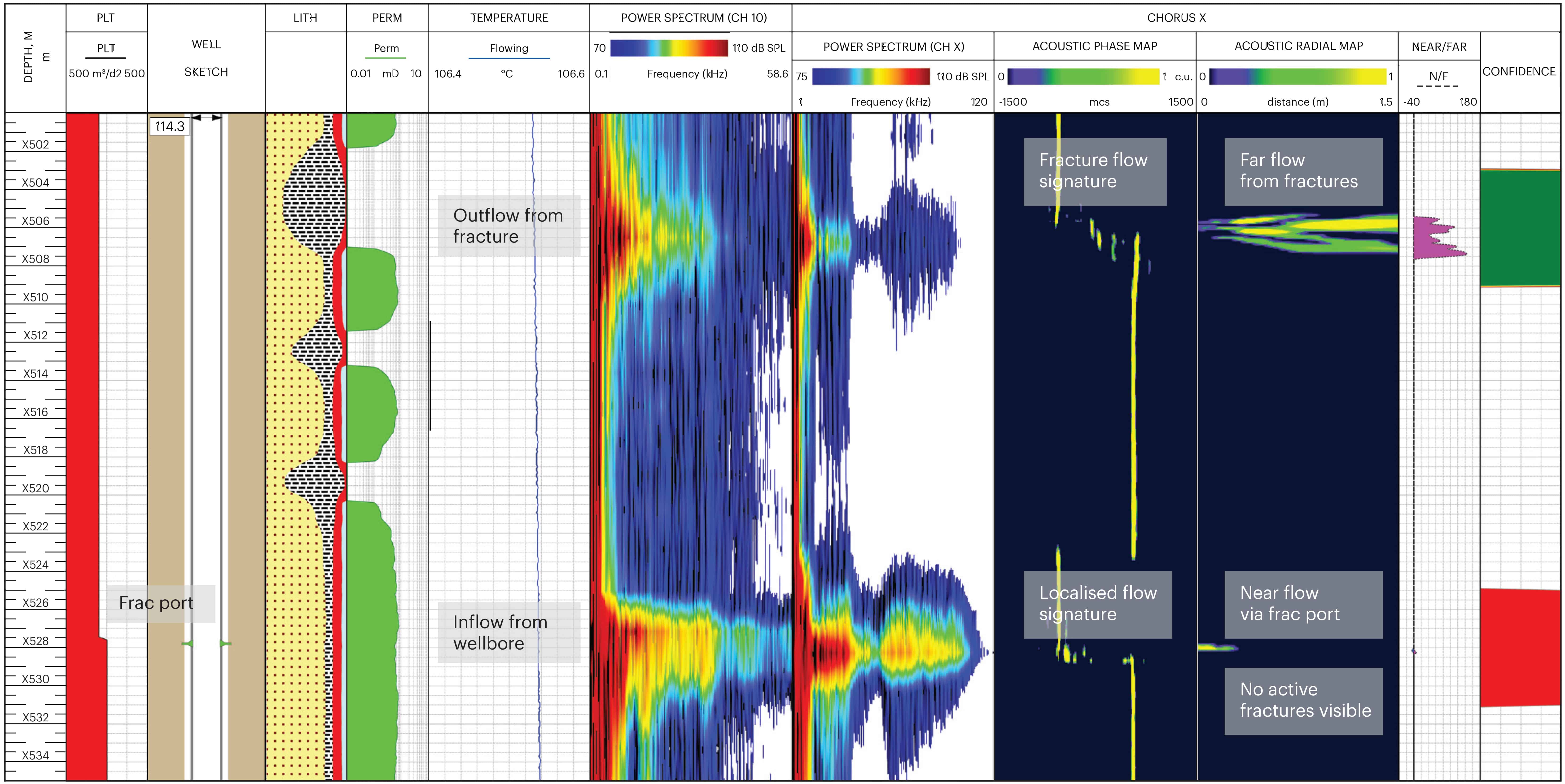The operator of a deep high-pressure low-permeability gas field wanted to assess the feasibility and effectiveness of completing a horizontal well with an uncemented liner that had 10 sliding sleeve valves/ports but, unusually, no isolation packers.
Completed in the standard way, this well would require 10 packers, adding significant cost and complexity to the completion. A successful strategy for packer removal would lower completion costs, increase installation efficiency, and reduce future maintenance challenges. These savings and efficiencies would multiply substantially for field-wide application.
The chief concerns about the new strategy were that lack of isolation during fracturing might prevent sufficient fracture force being focused on each target zone and whether the result would be one large fracture rather than multiple distributed fractures. Another challenge was to evaluate the success of the strategy by identifying and locating the fractures to establish their extent along the wellbore and assess the performance of each fracture group.
Conventional production diagnostics could only assess flow entering the wellbore at
each port and would, therefore, not reveal fracture location or distribution or even distinguish reservoir flow from port flow. A sophisticated post-fracture assessment was needed to determine whether the technique had been successful and to fine-tune future operations.

